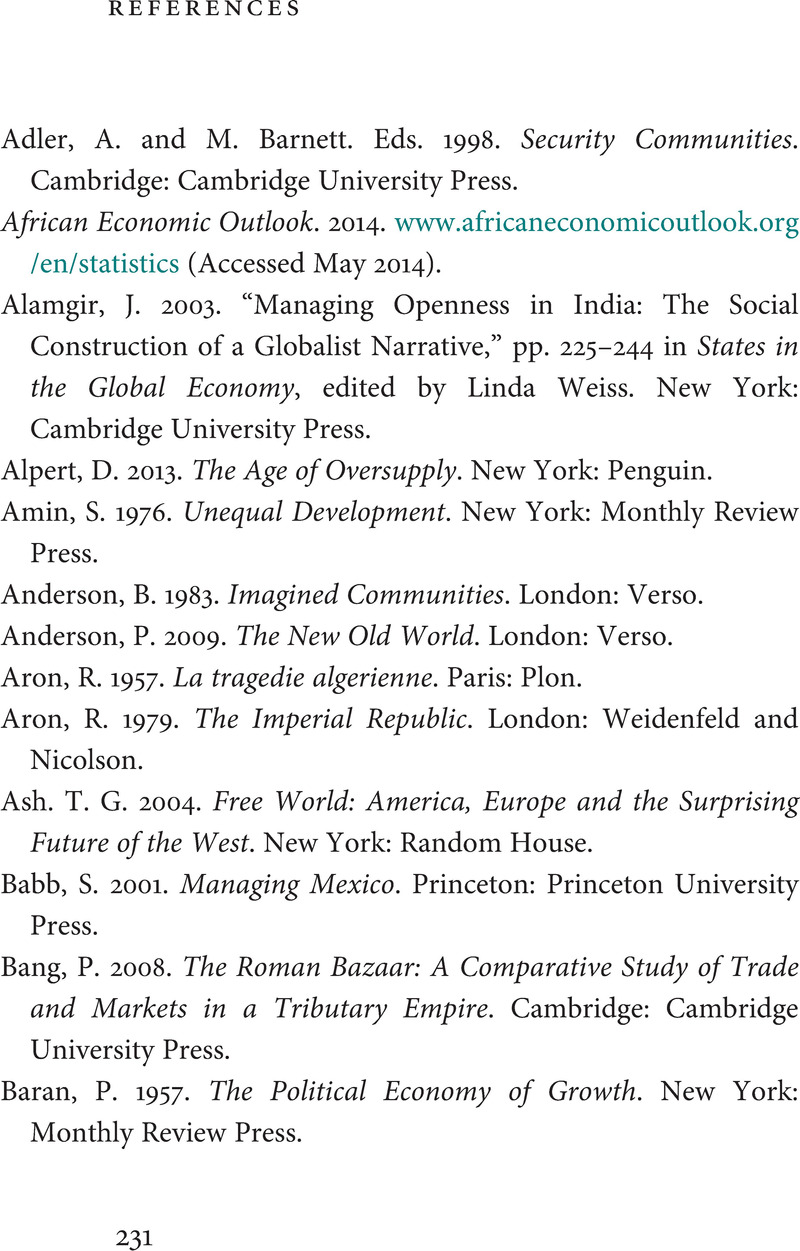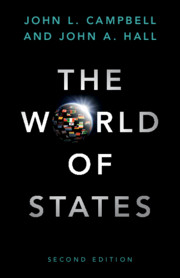Book contents
- The World of States
- The World of States
- Copyright page
- Contents
- Tables
- Preface to the First Edition
- Preface to the Revised, Second Edition
- Introduction
- 1 The Past
- 2 Conditions of Existence, Old and New
- 3 Challengers?
- 4 States of the Global South
- 5 The North
- 6 Still the Strongest Power on Earth?
- Conclusion
- References
- Index
- References
References
Published online by Cambridge University Press: 28 May 2021
- The World of States
- The World of States
- Copyright page
- Contents
- Tables
- Preface to the First Edition
- Preface to the Revised, Second Edition
- Introduction
- 1 The Past
- 2 Conditions of Existence, Old and New
- 3 Challengers?
- 4 States of the Global South
- 5 The North
- 6 Still the Strongest Power on Earth?
- Conclusion
- References
- Index
- References
Summary

- Type
- Chapter
- Information
- The World of States , pp. 231 - 253Publisher: Cambridge University PressPrint publication year: 2021



